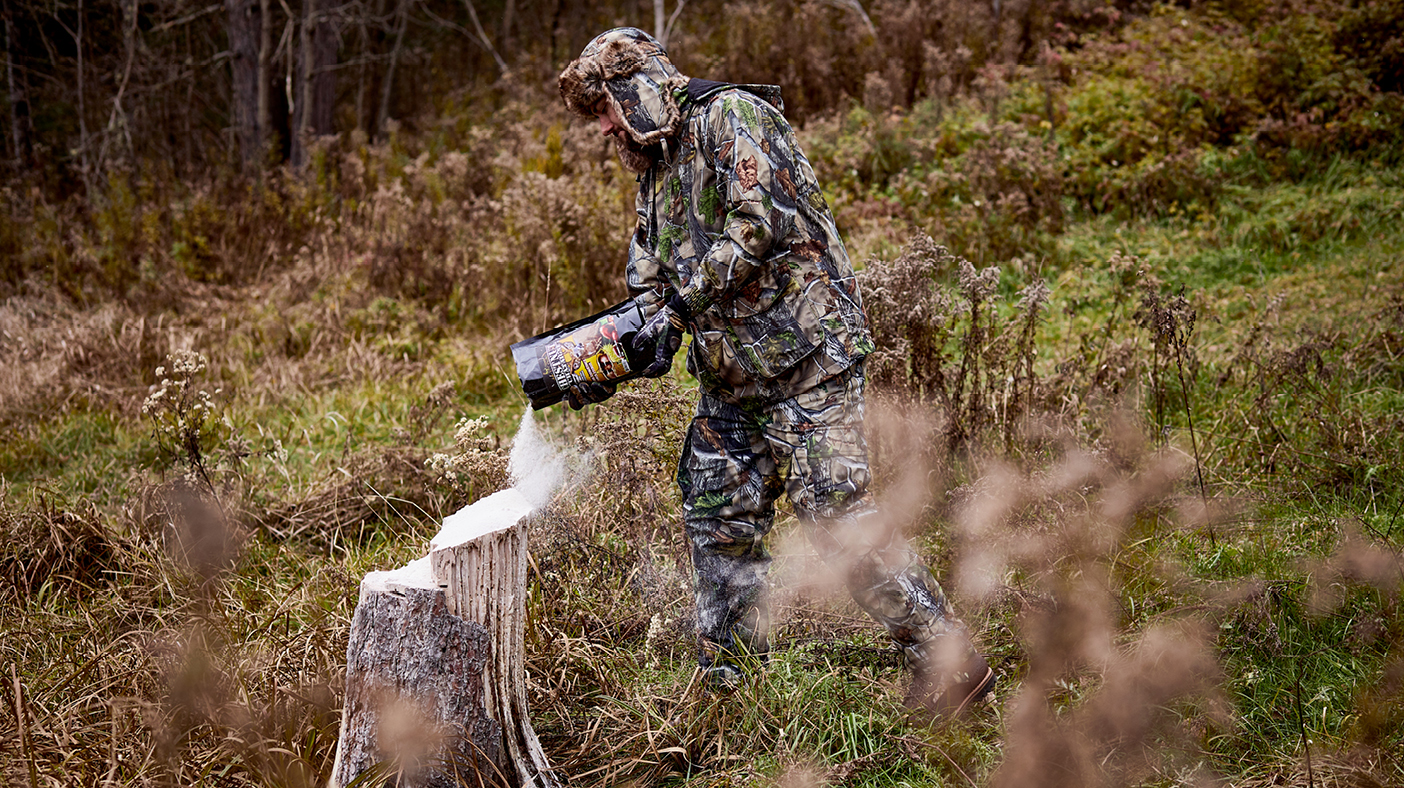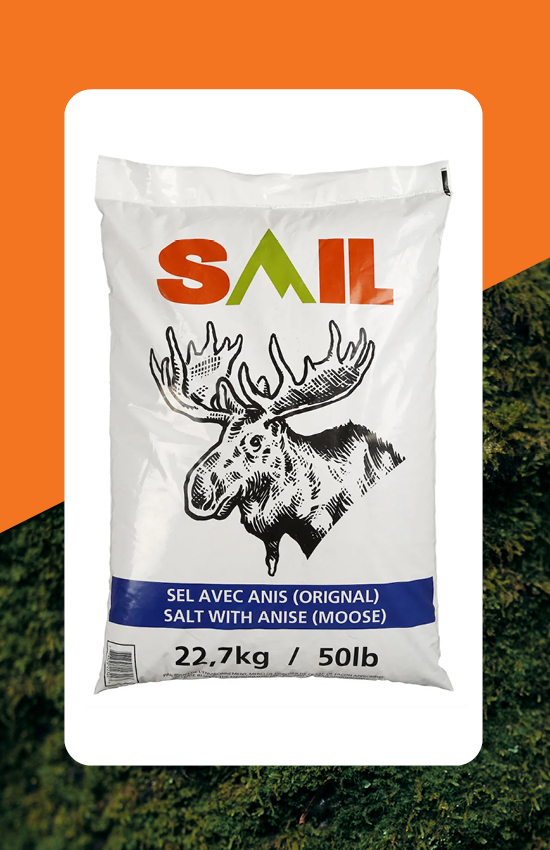Migratory Bird Hunting: Basic Tips for Planning Your Next Hunting Trip
Hunting | March 24, 2024
Win a trip to Crete by becoming an Explore + member
SAIL
October 4, 2022

Would you like to attract big game by creating a mineral site and using salt licks, but don’t know where to start or which products to use? In addition to improving your chances of harvesting, mineral sites are actually quite fun to set up! Discover the FédéCP’s best tips and find out how and where to set up your mineral sites to get results.
Article written in collaboration with FedeCP
In this article, you will learn more about:
Big game hunting is known to test the patience (and perseverance) of most hunters. Some may invest time and money on it for several seasons, without managing to harvest an animal. To reduce to a minimum your chances of coming back empty-handed, read the advice below on how to create an effective mineral site for moose and white-tailed deer hunting.
You can read more tips on the gear you’ll need for moose hunting, as well as some advice on how to equip yourself for white-tailed deer hunting in these articles.

This imposing beast, which can weigh over a ton, is usually found in areas where logging or a recent fire has occurred, or in swampy terrains, as it prefers the younger plants found there.
Surprising fact: during the summer, moose spend several hours a day in water, where they are very much at ease. They sometimes dive as deep as 5.5 meters or more (18 feet or more) to feed on plants at the bottom of a lake or a pond, and they can swim over several kilometers. Therefore, it won’t come as a surprise that you should choose to hunt the king of the forest (the mighty moose) in a spot which presents the above characteristics, and set up your mineral sites there.
The most commonly used, and most efficient technique, is without a doubt the use of pure salt blocks. The famous salt block is the main component of a successful mineral site as moose love this nutrient.
Cheap and not too bulky, salt blocks must be set up near the area you have chosen as your harvesting spot. To help you choose this area, you should first look for specific elements on and around your territory. Install your mineral site in a large, semi-open burnt area, near wet grounds, near a swamp or bordering a patch of small maples and young leafy trees. Make sure moose can access it without too much difficulty. It’s also wise to set up your mineral site in an area where there are signs of moose activity, such as tracks or droppings.
All these considerations, combined with the use of salt blocks, will improve your chances of harvesting. In addition to salt licks, you can also use sulfur, or anise coulis which can be mixed with soil around your site.
To set up your salt blocks, it is preferable to use hardwood tree stumps as these will withstand bad weather and repeated contacts with animals. Once you have found your site (near water, showing signs of animal activity, food rich), empty your tree stump’s core. Remove the bark to ensure it lasts longer. Then, dig up the ground around your stump and mix sulfur in with the soil.
Lastly, don’t hesitate to install several salt blocks around your main mineral site. Moose respect a certain hierarchy. If the alpha male is already at your mineral site, other males can lick the other salt blocks.
Hunting white-tailed deer is often a gateway into big game hunting. It is an animal that inspires much passion amongst hunting enthusiasts, who love to hunt it both for its vivacity, and its delicious meat.
White-tailed deer are abundant in the south of the province of Quebec. They hang around the edges, clearings and openings of leafy forests or mixed forests, fields, orchards, the edges of swamps and water sources.
As per moose hunting, mineral sites aim to attract white-tailed deer to the spot you have chosen as your harvesting spot. Deer, and more particularly males, require a good amount of mineral salts in their diets to help the growth of their antlers. The bigger the antlers, the more mineral salts they require. While they do get some through their regular diet, white-tailed deer remain attracted to the supplements your mineral site can provide. It is wise to set it up before the summer, when food is scarce. You can therefore set up your mineral salt in the spring, even if there is still a bit of snow left.
Be careful: while mineral salts and attractants are allowed throughout the year, in Quebec, you can only attract white-tailed deer with food (apples, carrots, corn) from 1st September to 30th November.
The first steps are the same as when preparing a mineral site for moose hunting. When you get to digging up the ground around your stump, mix in salt with the soil. Then, spread coulis on the salt and on the ground. You can also spread minerals directly on the deers’ path.
Refill your salt licks later in the summer and just before fall by spreading mineral salts around.
Once you have prepared your mineral site, the only thing left is to learn how to choose and install your hunting camera by reading this article.